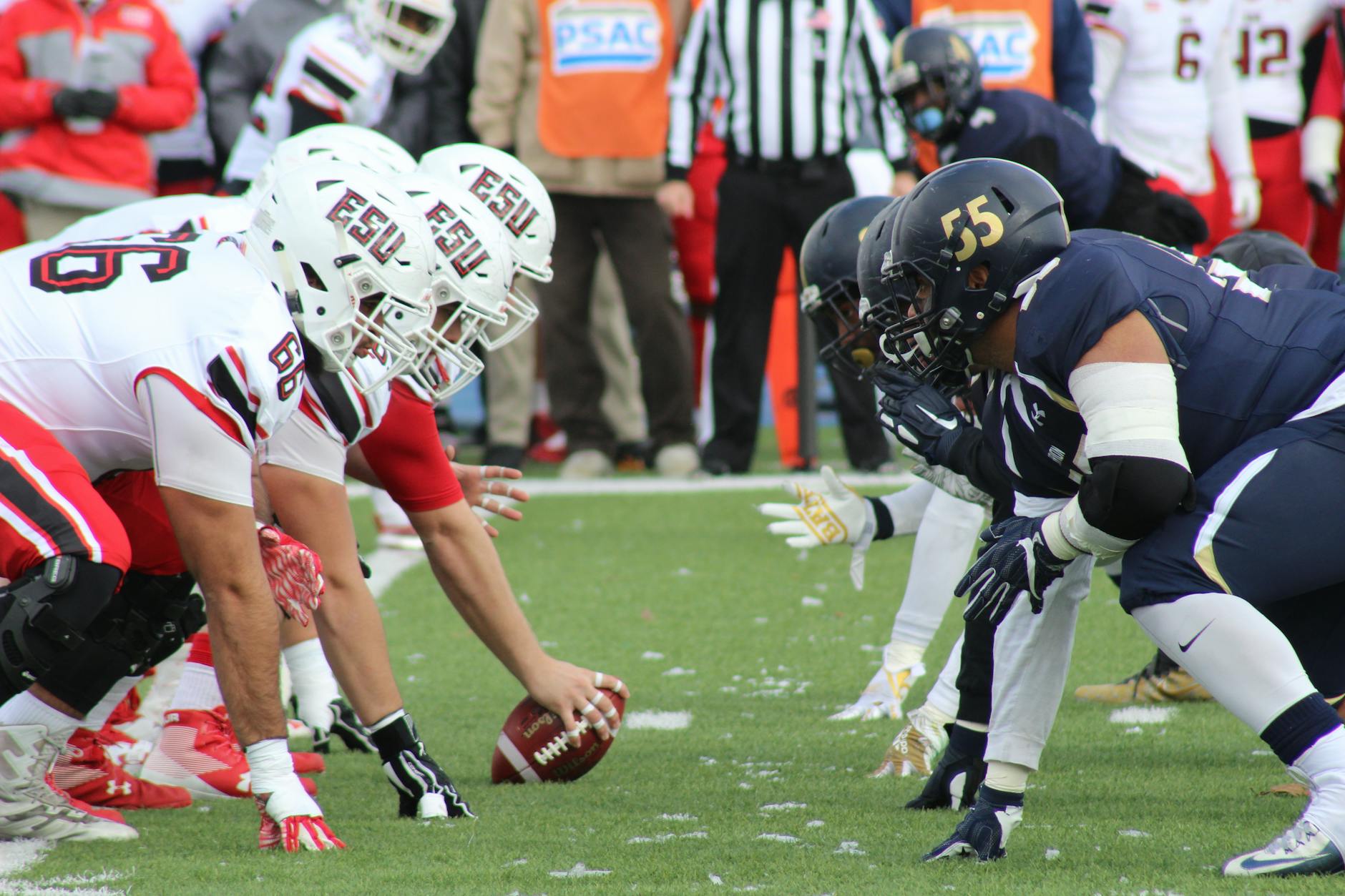Behind the Games: The Lives of Esports Athletes
The world of esports has exploded in popularity, transforming video gaming from a hobby into a multi-billion dollar industry. But behind the flashing lights and cheering crowds lies a reality far more complex than many realize. This article delves into the lives of esports athletes, exploring the demanding training regimens, the intense pressure to perform, the financial realities, and the often-overlooked mental health challenges they face. We’ll examine the path to becoming a professional esports athlete, the sacrifices made along the way, and the unique lifestyle that defines their careers. From the grueling hours of practice to the global competitions, we will uncover the hidden aspects of this high-stakes world and offer a glimpse into the lives of these dedicated individuals who are pushing the boundaries of competitive gaming.
The Path to Pro: Dedication and Sacrifice
Becoming a professional esports athlete isn’t simply a matter of talent; it demands an unwavering commitment and significant sacrifices. Years of dedicated practice, often starting at a young age, are essential. Aspiring pros dedicate countless hours honing their skills, meticulously analyzing gameplay, and studying strategies. This dedication often comes at the expense of traditional education and social interactions. Many young players forgo college to pursue their esports dreams, choosing a potentially lucrative but uncertain career path. The path is fraught with challenges, with many talented individuals failing to reach the professional level. The competition is fierce, and only a select few achieve the recognition and success they strive for.
Training Regimens: A Life of Discipline
The training regimen of a professional esports athlete is rigorous and demanding, often exceeding the intensity of training seen in many traditional sports. Professional teams typically have structured training schedules, involving hours of practice, strategic analysis, and physical training. While primarily mental, the physical aspect is crucial; maintaining proper posture, managing hand-eye coordination, and preventing repetitive strain injuries are paramount. Players often engage in physical activities like yoga and stretching to improve focus and prevent injury. A typical day might include several hours of gameplay, scrims against other teams, reviewing replays to identify weaknesses, and working with coaches on strategy. The pressure to consistently perform at the highest level contributes to immense mental stress and requires strong mental resilience.
The Business of Esports: Money, Sponsors, and Contracts
Esports has transitioned from a niche hobby to a major industry, generating significant revenue through sponsorships, advertising, streaming, and merchandise sales. Professional esports athletes can earn substantial incomes, with top players earning millions of dollars annually. However, the financial landscape is complex, with income varying widely depending on the game, team, and individual performance. Many players are part of teams with contracts that include salaries, performance bonuses, and a share of tournament winnings. Sponsorships play a crucial role in funding teams and players, and athletes are often required to meet specific promotional obligations. The financial instability for those outside the top tiers is also a significant concern, making it imperative for players to carefully manage their finances and consider alternative career paths.
Mental Health and Wellbeing: The Unspoken Struggle
The high-pressure environment of professional esports can take a significant toll on mental health. The intense competition, public scrutiny, and demanding training schedule can lead to anxiety, depression, and burnout. The constant pressure to perform at peak levels, combined with the fear of failure, contributes to a high level of stress. Many professional players struggle with sleep deprivation, social isolation, and the impact of online harassment. Growing awareness of these challenges is leading to increased support for mental health resources within the esports community. Teams are increasingly recognizing the importance of providing players with access to mental health professionals, promoting better work-life balance, and creating a more supportive environment.
| Aspect | Positive | Negative |
|---|---|---|
| Financial Rewards | High earning potential for top players | Income inequality; financial instability for many |
| Career Path | Global recognition and competitive opportunities | Short career span; demanding training; high failure rate |
| Lifestyle | Passionate community and intense camaraderie | Social isolation; sleep deprivation; mental health strain |
Conclusion
The lives of esports athletes are a compelling blend of dedication, sacrifice, and intense competition. This article has explored the multifaceted nature of their professional journey, highlighting the rigorous training regimens, the significant financial implications, and the often-overlooked challenges to mental well-being. From the arduous path to becoming a professional to the immense pressure of maintaining peak performance, the esports athlete’s life requires extraordinary dedication. While the financial rewards can be substantial for top players, the path is filled with obstacles, including high competition, a short career lifespan, and significant mental health burdens. Understanding these aspects is crucial for promoting a healthier and more sustainable future for esports and its athletes. The industry needs to prioritize player well-being and work towards a more equitable and supportive environment for all those pursuing their passion in the competitive gaming world. The future of esports depends on creating a system that values not just the wins, but the athletes themselves.
Image by: football wife
https://www.pexels.com/@football-wife-577822


